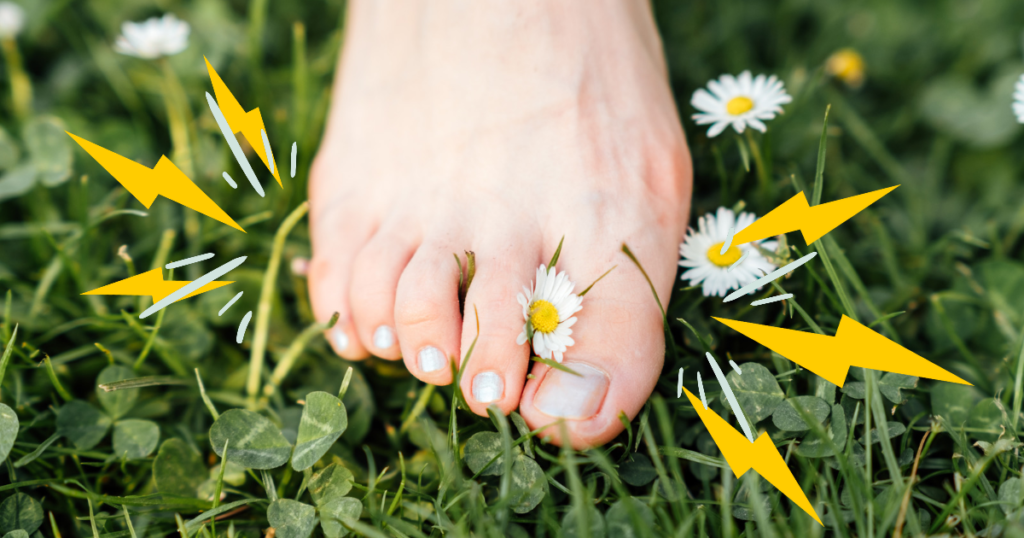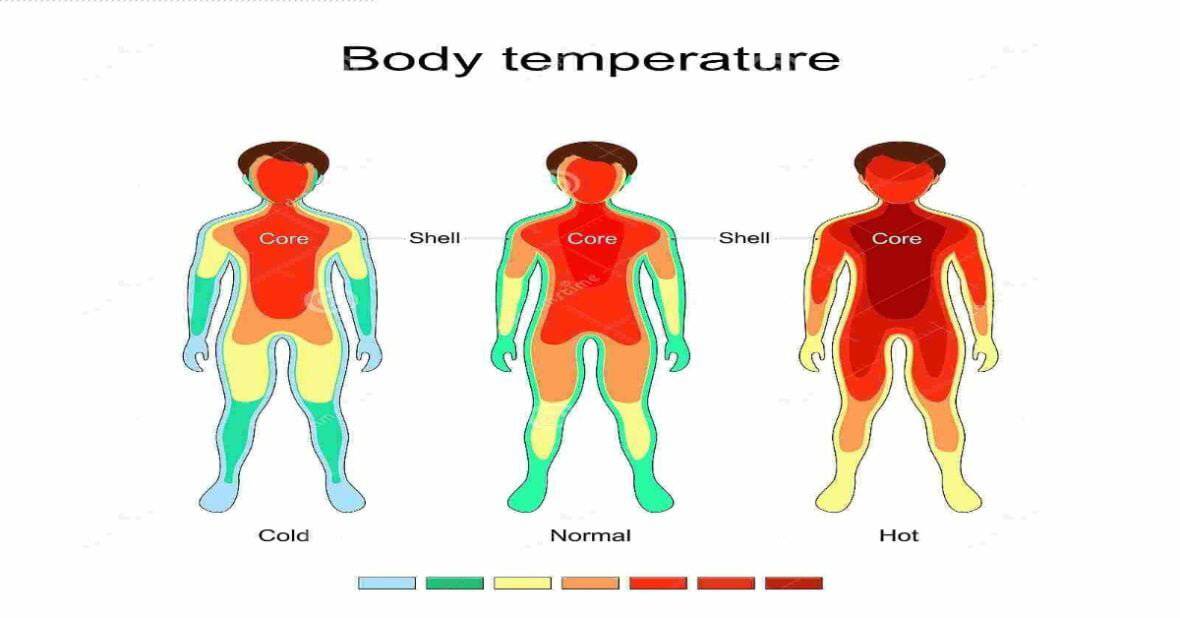
Table of Contents
Grounding, Science or Scam?
In recent years, the wellness world has buzzed with talk of “grounding” or “earthing”—the practice of connecting directly with the Earth’s natural electric charge. Proponents claim that modern lifestyles, with our rubber-soled shoes and concrete jungles, have disconnected us from this primal energy, leading to inflammation, stress, and chronic illness.
Enter grounding shoes, grounding mats, and grounding bed sheets—products marketed to restore that connection. But skeptics call it pseudoscience, a clever scam preying on the health-conscious. So, what’s the truth? Let’s dive into the claims, the science, and the controversy.
What Is Grounding, Anyway?
Grounding, also known as earthing, refers to the practice of making direct physical contact with the Earth’s surface (e.g., walking barefoot on grass, sand, or soil).
Earthing is based on a simple idea: the Earth carries a subtle negative electric charge, and direct contact with it—say, by walking barefoot on grass—allows free electrons to flow into our bodies.
This, advocates say, neutralizes harmful positive charges (free radicals) that accumulate from inflammation, environmental toxins, and electromagnetic fields (EMFs) emitted by devices like phones and Wi-Fi routers.
The concept isn’t new; indigenous cultures have long embraced barefoot living, and even early 20th-century health pioneers like naturopath George Starr White explored electrical connections to well-being.
Today, earthing has evolved into a commercial phenomenon. Grounding shoes feature conductive materials like copper or carbon in their soles to mimic barefoot contact with the Earth.
Grounding mats plug into the ground port of electrical outlets, purportedly channeling the Earth’s energy to your desk or floor. Grounding bed sheets, woven with silver threads, claim to deliver these benefits while you sleep. Prices range from $50 for a basic mat to over $200 for high-end sheets, fueling accusations of profiteering. But do these products deliver, or are they just trendy placebos?
The Scientific Case for Earthing
To assess grounding’s legitimacy, we need to look at the research. While the field is still emerging, several studies suggest there’s more to this than woo-woo nonsense.
One of the most cited benefits is reduced inflammation. A 2015 study in the Journal of Inflammation Research explored how grounding affects the body’s inflammatory response.
Researchers found that direct contact with the Earth decreased levels of pro-inflammatory cytokines—molecules linked to chronic diseases like arthritis and diabetes.
The mechanism? Electrons from the Earth may act as antioxidants, mopping up free radicals that damage cells. In one experiment, subjects who slept on grounded mats showed lower markers of inflammation compared to a control group.
Pain reduction is another claim with backing. A 2010 pilot study published in the Journal of Alternative and Complementary Medicine examined 60 participants with chronic pain.
Those who used grounding mats reported significant relief—some by as much as 50%—over four weeks. The authors hypothesized that grounding stabilizes the body’s electrical environment, calming overactive nerves.
A 2021 study echoed this, finding that earthing improved muscle recovery in athletes by reducing soreness after intense exercise.
Sleep quality also gets a nod from science. A small 2004 study in the Journal of Alternative and Complementary Medicine monitored 12 people sleeping on grounded mats. Participants reported deeper sleep and lower nighttime cortisol levels—a stress hormone that, when elevated, disrupts rest.
Polysomnography (sleep tracking) confirmed improved sleep architecture, hinting that grounding might regulate circadian rhythms.
Then there’s the cardiovascular angle. A 2013 study in the Journal of Alternative and Complementary Medicine found that practicing earthing thinned blood viscosity in 10 healthy subjects, potentially lowering the risk of heart disease.
Thicker blood can strain the heart, so this effect—linked to a shift in zeta potential (the charge on red blood cells)—could be a game-changer.
These studies aren’t perfect. Sample sizes are often small, and some lack rigorous controls. Critics argue that placebo effects or natural variability could explain the results. Yet the consistency across domains—inflammation, pain, sleep, and circulation—suggests grounding isn’t entirely baseless.
Earthing Products: Do They Work?
So, if grounding has potential, do shoes, mats, and sheets deliver it? Here’s where things get murky.
Grounding Shoes: Brands like Earth Runners and Pluggz market shoes with conductive plugs or soles, claiming they connect you to the Earth’s charge while protecting your feet.
The science checks out in theory—conductive materials can indeed transfer electrons. But real-world variables like asphalt (a poor conductor) or dry soil weaken the effect. Walking on wet grass barefoot might outperform these shoes, and at $80–$120 a pair, skeptics argue you’re paying for a gimmick when bare feet are free.
Grounding Mats: These are more practical for urban dwellers. Mats connect to a grounded outlet, which taps into your home’s grounding system (the third prong in a plug). A 2011 study in Evidence-Based Complementary and Alternative Medicine tested similar setups and found they reduced EMF-induced voltage in the body—a measurable proxy for grounding.
Users report feeling calmer or less achy, but without soil underfoot, purists question if it’s “true” earthing. At $50–$100, mats are a middle ground—potentially effective but not universally proven.
Grounding Sheets: These promise 8 hours of earthing nightly, using silver or carbon threads linked to a grounding wire.
The 2004 sleep study supports this concept, and anecdotal reviews rave about better rest and less joint pain. However, a sheet’s conductivity depends on skin contact, humidity, and proper setup.
Prices ($150–$300) raise eyebrows, especially since a $10 grounding rod in your backyard might do the same job—if you’re willing to sleep outside.
The Scam Accusation
Skeptics don’t deny the Earth has a charge; they question the products’ necessity and the hype. Websites like Quackwatch label grounding gear as “overpriced snake oil,” arguing that benefits are exaggerated or placebo-driven.
They point to the lack of large-scale, double-blind trials—the gold standard in science—and the reliance on anecdotal testimonials.
Some companies, like Earthing.com, have faced scrutiny for aggressive marketing, with claims of curing everything from insomnia to autoimmune disorders.
The FTC has cracked down on similar wellness fads for overstating evidence, though no major grounding brand has been formally charged.
The cost is another red flag. If barefoot walks work, why shell out hundreds? Critics say it’s a classic wellness trap: take a kernel of truth, wrap it in jargon (“electron transfer!”), and sell it to the stressed and affluent. Even supportive researchers admit that products aren’t essential—nature provides the real deal for free.
A Balanced View
After digging into the science and the skepticism, I land somewhere in the middle. Grounding itself has a plausible basis—our bodies are electrical systems, and the Earth’s charge could influence them.
Studies, while preliminary, show measurable effects on inflammation, pain, and sleep that deserve more investigation. If you live near a park, kicking off your shoes might be all you need.
The earthing products, though, are a mixed bag. They’re convenient for city life, and some data backs their efficacy, but the price tags and bold claims invite caution.
If you’re curious, start small. Try a $50 mat before dropping $200 on sheets. Or better yet, test the free version: 20 minutes barefoot on grass daily. Track your sleep, mood, or pain levels—your body’s the best judge.
Grounding might not be a cure-all, but it’s not pure bunk either. The scam lies not in the concept, but in the idea that you need a fancy gadget to touch the Earth. Nature’s been grounding us for millennia—no receipt required.
7 Amazing Benefits of Earthing
- Reduced inflammation
- Improved sleep quality
- Enhanced mood
- Reduced stress
- Boosted immune system
- Improved circulation
- Balanced energy levels
Discover earthing products here-Earthing products
Conclusion
Grounding shoes, mats, and bed sheets straddle a line between science and skepticism. The research hints at real benefits—less inflammation, better sleep, calmer nerves—but it’s not conclusive enough to silence the naysayers. For now, these products are a luxury, not a necessity. If they work for you, great. If not, the Earth’s still there, waiting for your bare feet. In a world of wellness fads, that’s the grounding truth.
Resources
Resources for the health benefits of Grounding can be found in reputable scientific journals, wellness websites, and studies conducted by health professionals. Additionally, books such as Earthing: The Most Important Health Discovery Ever! by Clinton Ober provide valuable insights into the topic. Online communities and forums dedicated to holistic health practices may also offer personal testimonies and experiences related to the benefits of Grounding.



